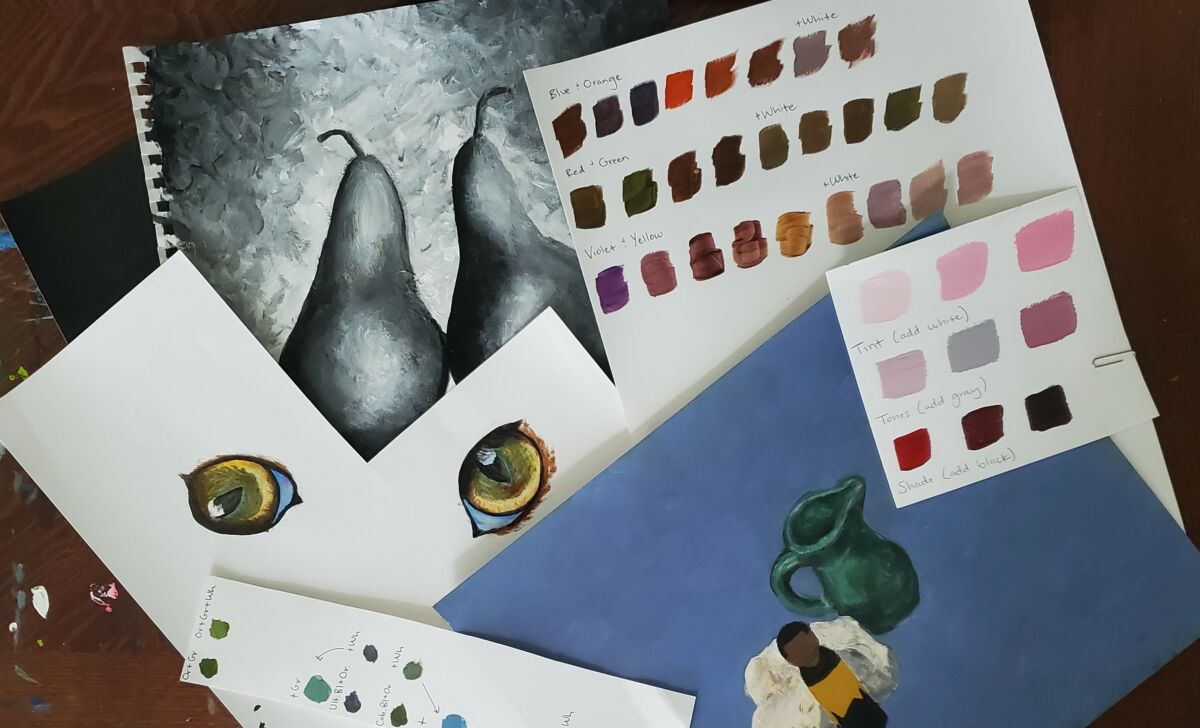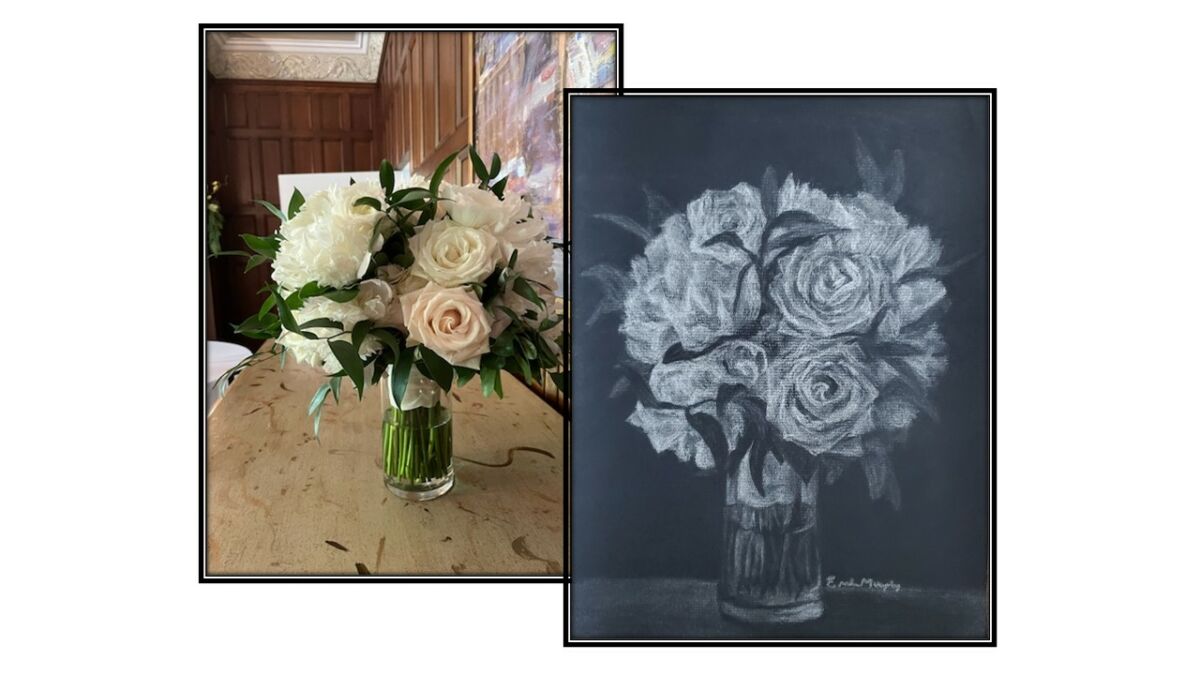
My former roommate did a silly thing. She asked me if she could commission her sister’s wedding gift. Ridiculous, right? I mean, of all people, she knows I’m a psychologist by trade – not to be trusted with such a venture. But she had seen firsthand the few paintings and drawings I did during graduate school when, miracle upon miracle, I managed to remember that I had passions outside of psychology. She has also seen pictures of some of my art from taking classes the past two years. I guess she knew what she was getting herself into.

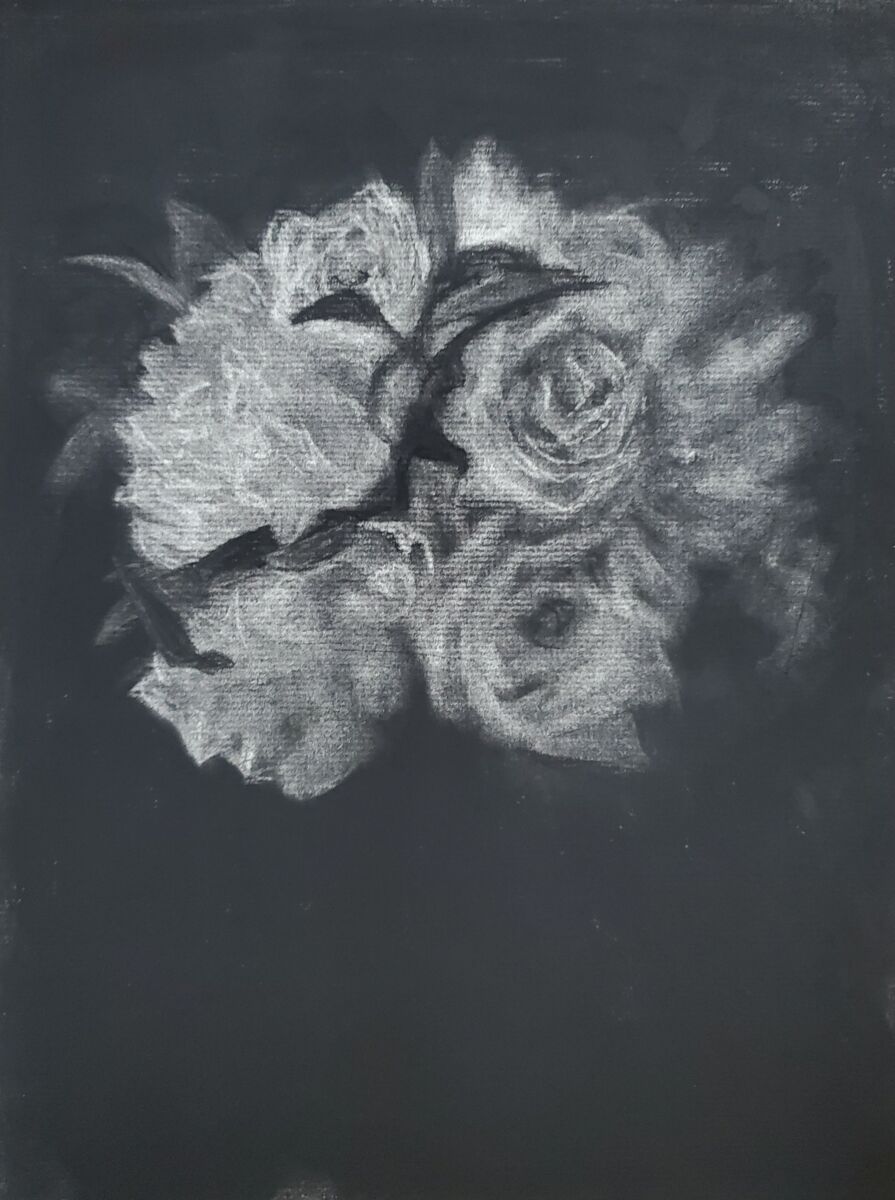
The Logistics
Here’s something I’ve heard from longtime artists. Commissions are really stressful. Even if people think they don’t have a specific idea in mind, often they get pretty particular once they see the end product. It is much more desirable to have artwork available that people can pick from instead. I was already considering selling some pieces this way to avoid…ya know…stress. But when life hands you an opportunity, you gotta at least consider it.
Fortunately, I know my former roommate well enough that I figured I could trust she’d be happy with whatever direction I settled on. She has always been very complimentary about artwork I’ve done, and she has seen a range of styles and mediums I’ve tried out. In other words, the perfect time to try out this whole ‘selling your artwork’ thing. Eek!
I was given free reign on the style and medium. She had a general framework of wanting something connected to her sister’s wedding and was going to provide pictures from the wedding day. We settled on a general size and price range (based on some research I did looking at similar products online) and discussed a timeline for completing it once I received the photos. And that was that!
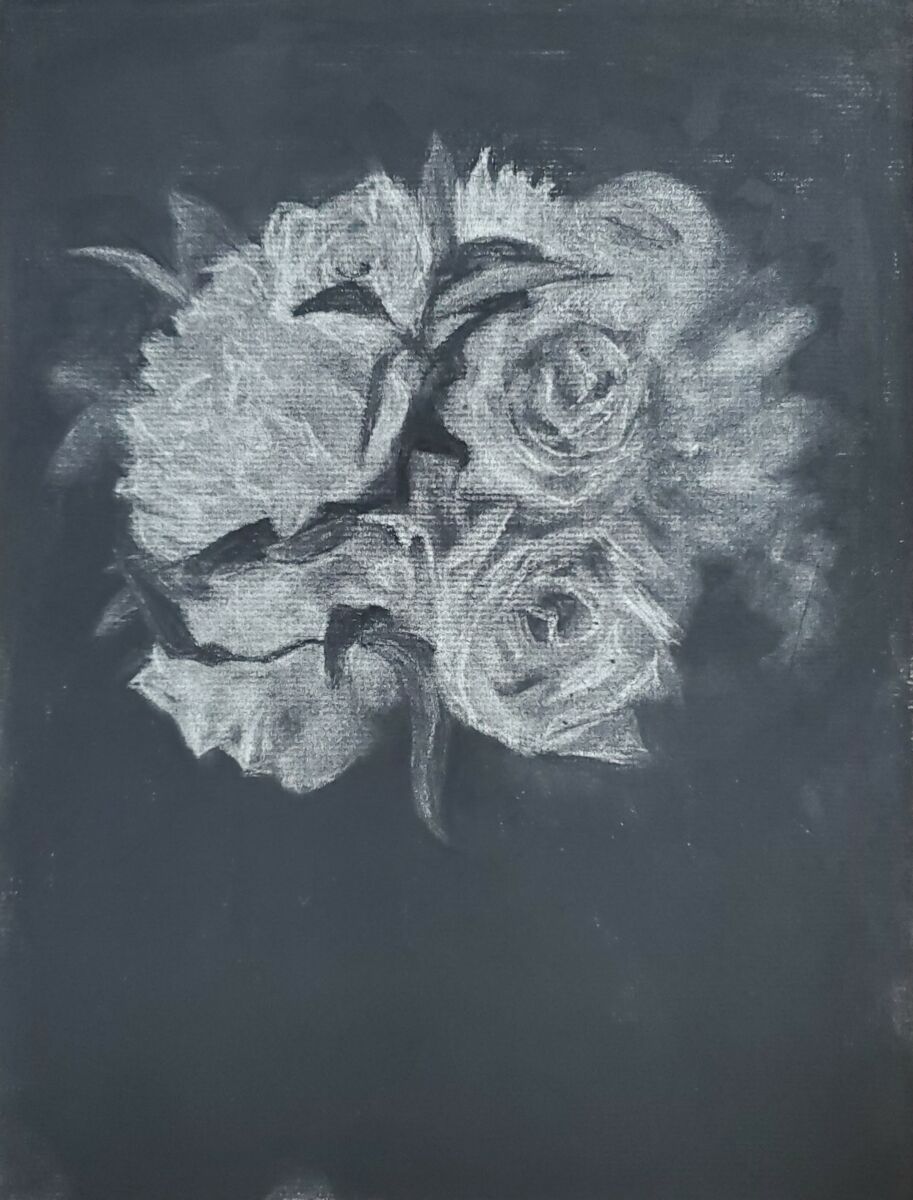
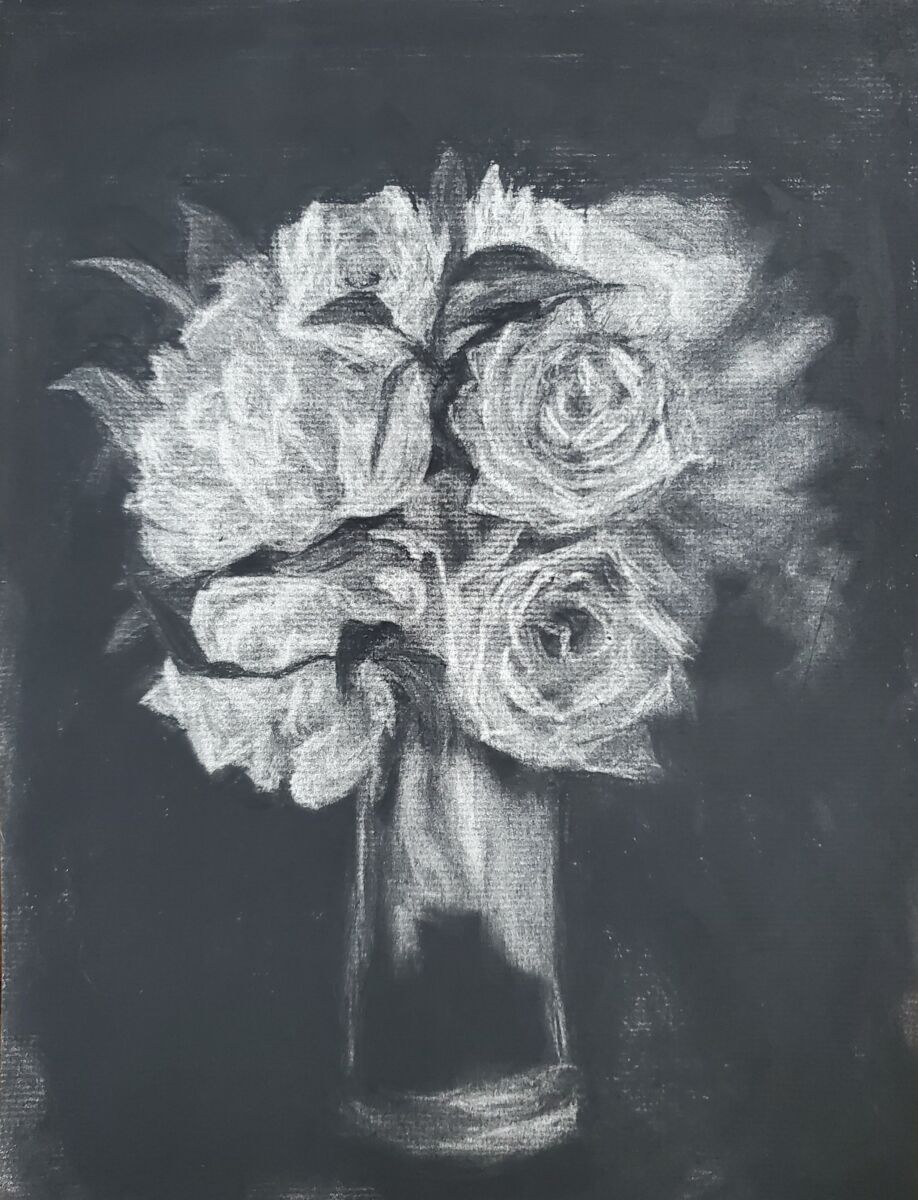
Trusting Your Instincts
Keep in mind that art has been a ‘hobby’ for me, just to fill my own walls or to give a gift here and there. It is only very recently that I have started to see my potential as an ‘actual’ artist.
This commission was my first time figuring out the direction to take a piece of art based on the subject matter. Usually, I would start with the medium I wanted to use (like my recent venture into acrylics) and then find something to draw or paint. This time it was all about seeing some photos and choosing my direction from there.
Oh, and then there’s the small detail of not having an art teacher there to help. This time all bets were off.
Based on our discussion, I figured I would be doing a watercolor painting of the bouquet. I was all set to do it. I had even gotten all my watercolors out and had started to wipe away the cobwebs with a little practice (since I’d gotten a little rusty after shifting to acrylics in my art class). Then I got the pictures from the wedding and saw a bouquet of white flowers.
Whelp – so much for watercolors (emphasis on colors)! Granted, you can add a fun background to make it pop, but I just wasn’t feeling watercolor inspiration. Whomp whomp. But wait! Have something fairly monochromatic that you want to add a little dramatic oomph to? Enter charcoal, my old friend.
Some hours later, after becoming charcoal covered from fingertips to shoulder blades (don’t ask me how I managed that one), I had a charcoal drawing of the bouquet. The best part? I’m actually super proud of it. My gut told me where to go and it did not let me down.
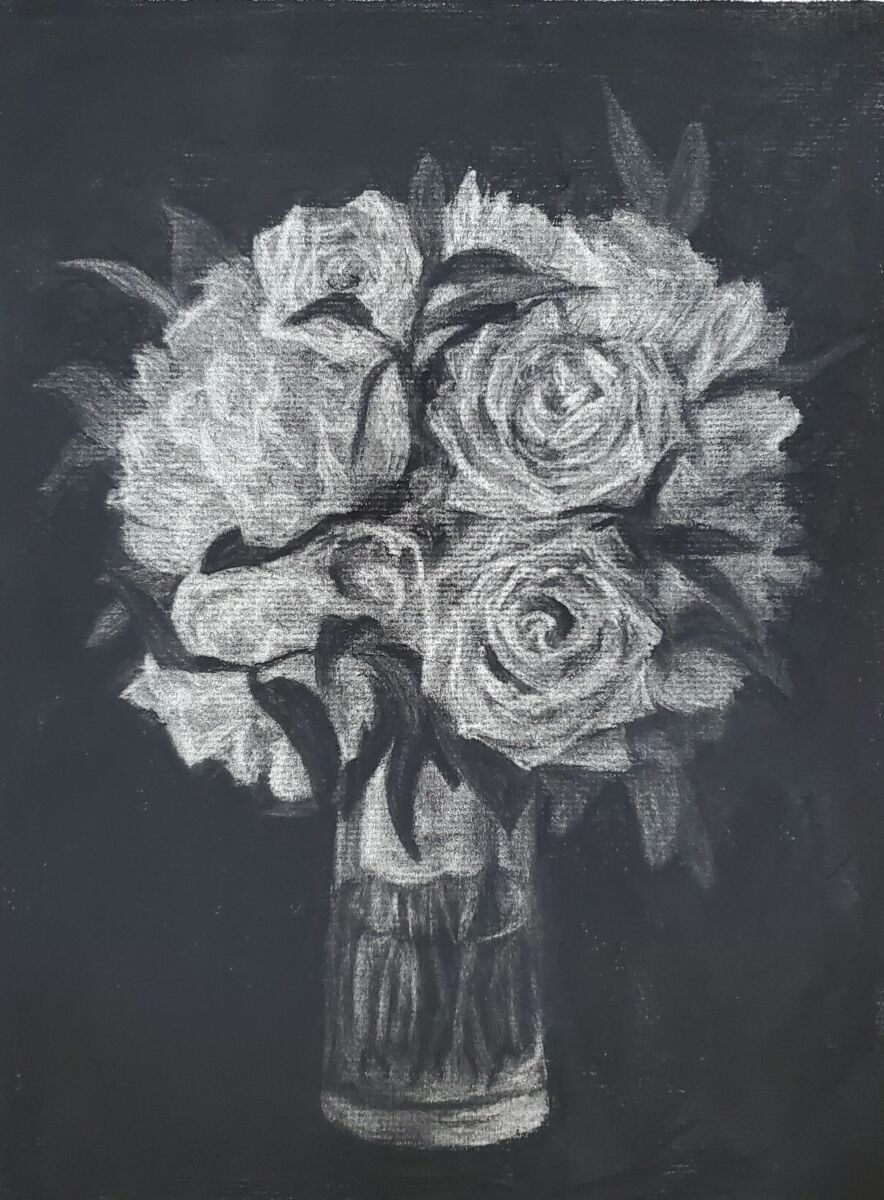

Don’t Overthink It
What advice can I give following this experience? Don’t overthink it! I get that this is hysterical coming from me, but it’s the lesson I continually find myself grateful to learn.
You want to do something? Yearning to take it to the next level? When the right opportunity presents itself, go for it! I’m getting better and better about getting out of my head and not worrying about if I’m good enough to do something. In the past, I would have been more stressed about how this would go. Instead, I decided to trust the process. Will it always go as smoothly as this one did? Well…no. But you have to embrace a little risk and stretch yourself to feel that sense of pride and accomplishment. And now it’s got me thinking about where to go next. All pretty exciting if you ask me.
